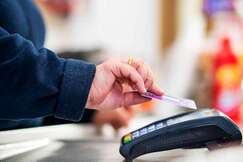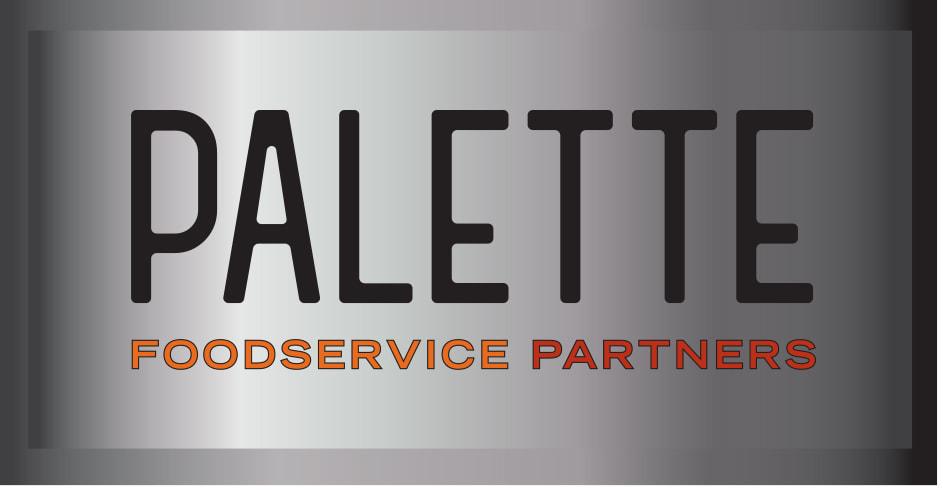 Your top 20 percent of guests are gold – and hopefully your loyalty program is already making it well worth their while to continue giving you their business. Still, there is a lot of potential in the remaining 80 percent of the guest pool, particularly at a time when even those not in your loyalty program are giving you a partial data trail to work with. Are you seizing opportunities to boost your traffic this season with visits from those guests? A recent Nation’s Restaurant News report shared that at FSTEC, the technology conference held in Dallas last fall, restaurant leaders addressed how they are trying to boost traffic by targeting the 80 percent. Responses ranged from using anonymized credit card data to track these guests and then expose them to ads on social media, to using targeted ad features paired with geofencing technology to attract guests who have the restaurant’s app. In your own restaurant, how can you use what data you have on your bottom 80 percent of guests, then identify areas that might help you nudge these people to visit? Maybe some of these guests have kids and will be looking for a snack to pick up after soccer practice – or an easy meal for a group afterwards. They could be prime targets for discounts designed to drive visits at certain times of day when you could use the traffic (and possibly be more apt to join your top 20 percent of guests as a result).  How smart is your kitchen? While the Internet of Things (IoT) is making it possible for more restaurant kitchens to track food supplies and minimize waste, IoT-connected sensors are also enabling what can be a key selling point for today’s restaurant guests: hyper-personalization. Specifically, the connection of the IoT and your customer relationship management system can help you deliver more personalized service to the growing number of consumers who have food allergies or other specific dietary needs. By collecting and analyzing guest data, you can be reminded of a guest’s needs and preferences at the time of their order, which, in turn, can help you ensure their order is safe for them to eat, help your staff prepare it quickly without having to take time to confirm food sensitivities with the guest, and thereby drive guest satisfaction and loyalty.  As you look for ways to make more informed business decisions this year, the data you have on hand will provide a window onto what needs attention – and where you can make the greatest strides. To help, a recent report from Nation’s Restaurant News Intelligence advises operators to add a digital aspect to as many parts of the business as possible – and to aim to ensure the information you collect is complete and provides some nuanced detail about a guest. (For example, the brands that have the best handle on guest data tend to know more than just the person’s basic demographics – they seek to understand the person’s lifetime value, spending habits, order histories and preferred payment method.) Regardless of the kind of restaurant you operate, are there opportunities for you to digitize more transactions, enhance your loyalty program to gather more information on what your guests enjoy, connect every sale to a known guest, and engage guests in more targeted ways? Looking for ways to gather more and better information will help you make the kinds of decisions that can help drive your business forward.  As you adopt new tech tools to gather data that helps you identify ways to improve your business, your methods of collecting guests’ personal information are evolving too. Some of this change is likely happening behind the scenes – perhaps the advertising vendor you’re planning to hire has a data protection policy that doesn’t quite align with your values, but that isn’t clear unless you scrutinize the fine print in your contract. If you can make it your practice to understand how your business will be processing guests’ data, what steps you’re taking to protect people’s personal information, how and where to post your policy, and how to discuss it with guests when asked, you can help ensure your guests will trust you with their information and be more willing to share it.  Much as some consumers – and restaurant operators – might worry that technology is gradually replacing the human touch in restaurants, the businesses that can find the sweet spot between tech and human connection are in a powerful place. They not only know how to provide great service, but they also know what specific messages have the best chance of connecting with guests and motivating them to visit repeatedly. This recent Fast Company interview with restaurateur Danny Meyer demonstrates what can happen when that is missing: Meyer shared a story about an occasion when his restaurants sent out a mass email to all customers on their list. At the time, the restaurants were trying to fill tables during a snowstorm, and the email invited guests to bring their own bottles of wine to the restaurant and have them served with no corkage fee. But for the email recipients who didn’t drink alcohol, the message did not connect (at best) and in some cases even caused offense. Imagine how that attempt at engagement might have gone differently if the message about wine was directed to just the wine connoisseurs in their guest database, and separate offers were sent to similarly specific segments of guests. They would have ensured that the guests who responded to the offers were primed to have a good experience there. Just as importantly, they would have avoided turning off a guest who had already bought into their brand and willingly shared their email address, thinking the restaurant was a business who understood their preferences. Do the systems you have in place help you create the kinds of offers that connect with guests and make them feel understood?  As the capabilities of automation continue to spread across restaurant kitchens and their broader operations, many businesses may be in the position of not being able to make near-term changes due to cost constraints or simply because it can be difficult to let go of certain tasks that have long been done a different way. Fortunately, in an industry that’s built around data, there are plenty of data-driven examples demonstrating how automation is transforming various restaurant tasks – and quick-service restaurants will likely be the ones showing the industry how it’s done. A survey of operators by PYMNTS found that QSR operators plan to automate nearly half of all store tasks over the next two years, while full-service restaurants plan to automate just one-quarter of these tasks. It will be worth tracking the growth trajectories of various restaurant categories in the coming years to see where investments in automation are paying off – or not.  As data is becoming a more powerful predictor of business success, restaurants are transforming into data warehouses. In the process, they must consider their responsibilities for protecting both themselves and the people who offer their personal information. One recent real-world example of this is White Castle’s use of a terms & conditions page on their drive thru ordering screen, which is perhaps a sign of similar policies to come in restaurants making use of guest data. The general public is increasingly aware of how valuable their data is – and that it must be protected. A recent Forbes report suggested that consumers’ growing awareness of data privacy is generating trust issues, which isn’t a big surprise considering the regularity of cyber breaches. As you set out to collect data from guests and others, it is becoming more important to have a technology provider you trust to help you understand how you’re using and protecting that data – and what immediate steps to take if you lose control of it.  As the food supply chain has gotten more widespread and more complex, it’s become all the more important to monitor it closely. Artificial intelligence can help with that. As food safety specialist Francine Shaw explained in a recent article for FSR Magazine, operators can use AI-based systems to continuously collect and analyze data from many sources, ranging from the FDA to public records, then verify that suppliers are following correct safety protocols. Such tools are available, affordable and can help build trust across your supply chain. Of course, as with all AI tools, they are only as good as the data they are trained on. It’s important to collect accurate data within your operation and audit your AI applications often to make sure you’re getting the most from them.  If you’re not quite sure what to do with all of the data you’ve been collecting, you’re far from alone. According to research from Nation’s Restaurant News, seven out of 10 operators are not confident that they are optimizing their data – and this is true across different restaurant sizes and segments. It seems that while restaurants across the board appreciate that data is critical to business, the message about how to translate that data into actionable steps has gotten lost. If you’re in this position, simplify things by starting with your POS system, since it’s the nerve center of your business and determines what other functionality your restaurant has (or doesn’t have) when it comes to data collection. A legacy POS system will stand in the way of functions you’d like to integrate down the line, while a cloud-based system will enable regular automatic updates and can give your operation flexibility to integrate new options. Have your POS provider review with you what your system can do, what data streams it can analyze and what integrations are possible with your current system – or if a newer cloud-based system is the first investment you’ll need to make to compete in the long term.  Restaurants can generate reams of data to run their businesses more effectively. But reviewing data about such wide-ranging elements as your guests, inventory, traffic, employee productivity, supply chain and marketing is only effective when you can know how and when these elements impact each other. Much like how a kitchen display system synthesizes orders from multiple sources and translates that information into clear directions for employees preparing food in your kitchen, a dashboard can track multiple collections of data from across your business and demonstrate how they impact each other so you can make more informed decisions. Do your current tools allow you to do this – or is there valuable information slipping through the cracks that would be beneficial to weave into the overall analytics you have for the business? |
Subscribe to our newsletterArchives
April 2024
Categories
All
|



 RSS Feed
RSS Feed